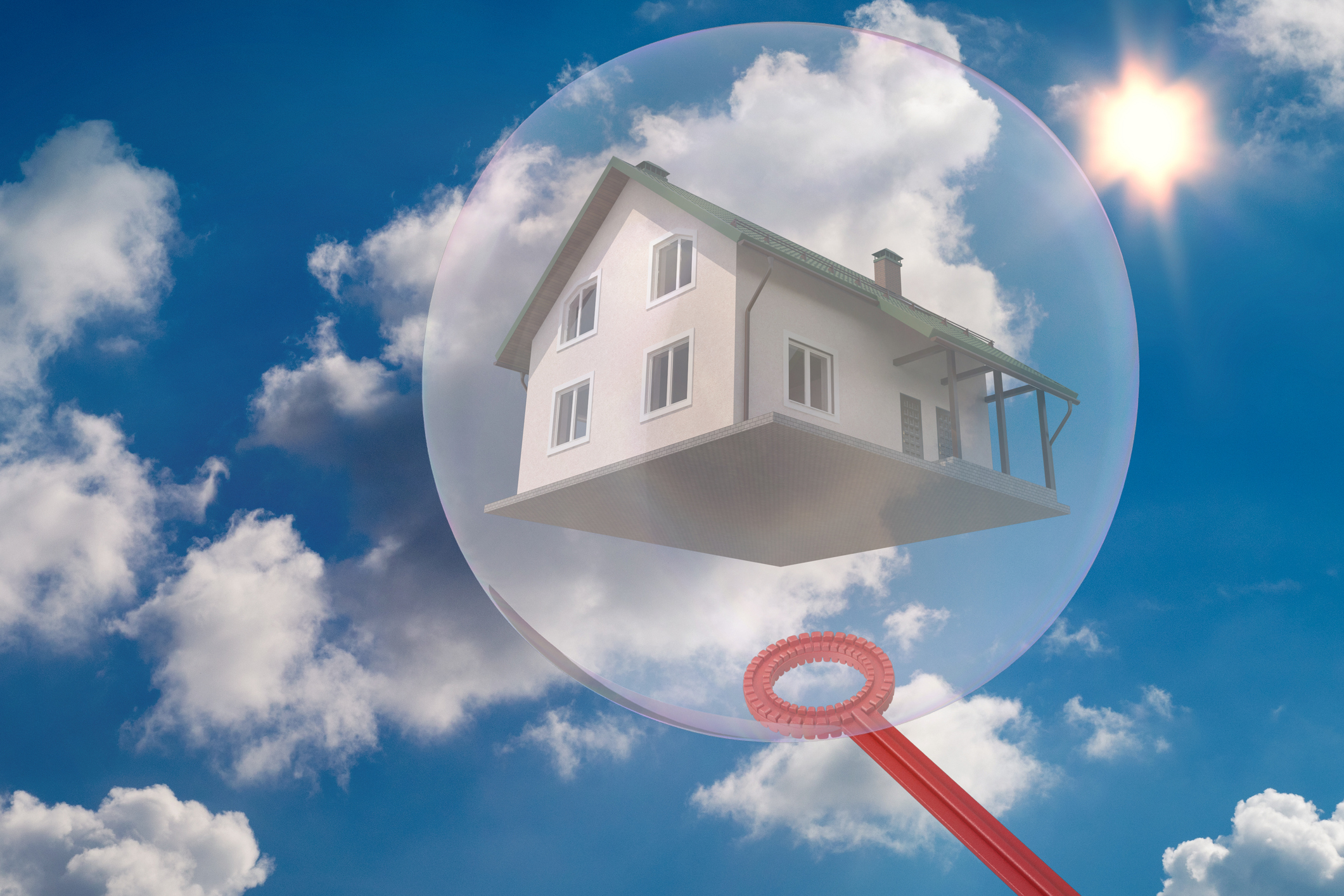The activity in the Front Range market is causing us to hear the bubble question again.
People are curious to know, based on recent growth in price appreciation, if we are in a housing bubble.
This question seems to crop up when prices go up.
While we do not believe that the current double-digit price appreciation is sustainable, we firmly believe we will not see prices crash or see any kind of a bubble bursting.
Here’s why we think that…
This past Tuesday we hosted a private online event for our clients which featured our Chief Economist Matthew Gardner.
Matthew is well-known and well-respected in the industry. He is often quoted in leading real estate publications.
He sees four reasons why there is no real estate bubble that is about to pop in Colorado.
- Inventory is (incredibly) low. The number of homes for sale is down over 40% compared to last year. The market is drastically under-supplied. Based on simple economic principles of supply and demand, inventory would need to grow significantly for prices to drop.
- Buyers’ credit scores are very high. The average credit score for buyers last month, for example was 759. So, by definition, average buyers today have excellent credit which means there is low risk of them walking away from their mortgage and causing a foreclosure crisis.
- Buyers have high down payments. On average, buyers are putting 18% down on their purchases. This means that prices would need to fall by a considerable amount in order for the average buyer to be ‘upside down’ on their mortgage.
- Owners are equity rich. Well over a third of property owners along the Front Range have more than 50% equity in their homes. This means that a severe economic downturn causing a slew of distressed properties to hit the market is highly unlikely.
Bottom line, as Matthew Gardner reminded us, what we are experiencing in the economy today is a health crisis not a housing crisis.
If you would like a recording of the private webinar we would be happy to send it to you. Just reach out and let us know.
The post Re Bubble appeared first on Fort Collins Real Estate | Fort Collins Homes for Sale & Property Search.




